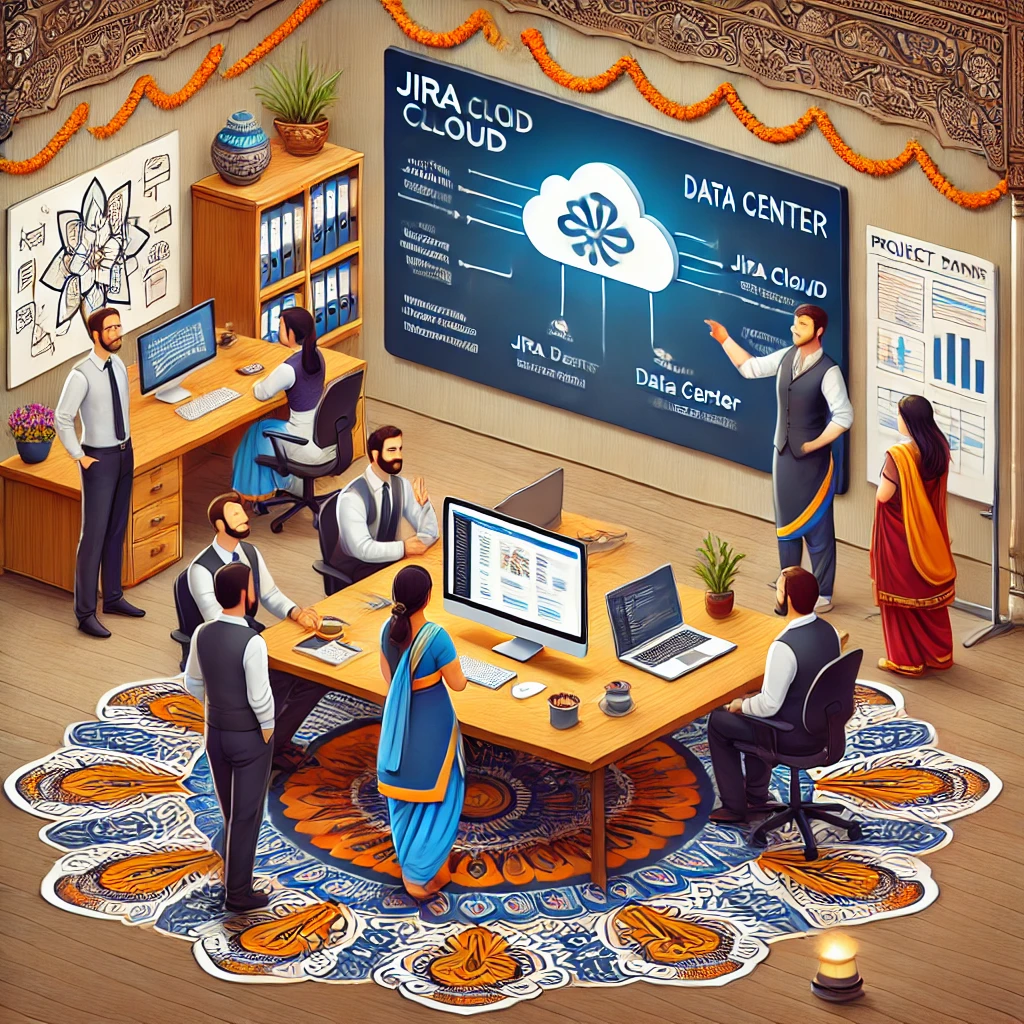
Migrating from Jira Data Center to Jira Cloud can be a significant shift for users, particularly those accustomed to the traditional interface of the Data Center version. While Jira Cloud offers enhanced features and flexibility, its interface and navigation structure can pose initial challenges for both experienced and new users. In this blog, we’ll explore some of these challenges and provide solutions to help ease the transition.
Getting Used to Jira Cloud’s Interface
One of the biggest hurdles for users migrating to Jira Cloud is adapting to the new interface. Many users find Jira Data Center’s navigation to be more straightforward and predictable. The transition can feel overwhelming due to the increased number of options and the rearrangement of features.
1. The Search Functionality
In Jira Data Center, searching for issues is simple and direct. Users can enter a search term and be taken directly to the Issue Navigator. However, in Jira Cloud, search results display in a more dynamic way, which can sometimes make it harder for users to find what they need.
Solution: Familiarize users with the updated search flow in Jira Cloud:
- Use the search bar at the top to look for issues, boards, or projects.
- Navigate to Filters > View All Issues to access the Issue Navigator directly.
- Educate users on switching between basic search and advanced JQL search for more precise results.
2. Dashboard and Landing Page Confusion
In Jira Data Center, users typically land on the System Dashboard after logging in. In Jira Cloud, the default landing page is Your Work, which provides an overview of recent activity but may not be intuitive for all users.
Solution:
- Users can configure their preferred landing page under profile settings.
- Encourage teams to customize dashboards to create a more familiar working environment.
3. Finding Boards and Projects
Many users struggle with locating their boards after the transition. In Jira Cloud, project navigation is slightly different, and boards are sometimes perceived as harder to find.
Solution:
- Explain the difference between boards and projects to users unfamiliar with the concept.
- Show users how to mark boards as favorites for quick access.
- Direct them to Your Work > Boards to find recent boards.
- Use Search > Boards to locate specific boards quickly.
4. Understanding Filters and Saved Searches
Users who relied on Jira Data Center’s Current Search feature may find Jira Cloud’s filters system confusing. The lack of a clearly visible Issue Navigator can be frustrating for those accustomed to easily searching and saving issue lists.
Solution:
- Guide users on accessing Filters > View All Filters to manage saved searches.
- Show them how to create and share JQL-based filters for team-wide efficiency.
5. Reworking Documentation and Training
Organizations that have migrated to Jira Cloud often find that their previous documentation, training materials, and guides become outdated. Employees may struggle with finding answers due to these inconsistencies.
Solution:
- Conduct regular training sessions to help users get comfortable with Jira Cloud.
- Update internal documentation and FAQs to reflect the new interface.
- Use Confluence to store and share guides, reducing reliance on direct support queries.
Final Thoughts
Migrating to Jira Cloud is not inherently difficult, but it requires time and training for users to adapt. By proactively addressing common challenges, organizations can ensure a smoother transition. Investing in proper onboarding, tutorials, and FAQs will significantly reduce confusion and increase productivity.
If you're planning a Jira Data Center to Jira Cloud migration, make sure to allocate time for training and documentation updates. By doing so, you’ll ensure that your users can make the most of the powerful features Jira Cloud has to offer.
